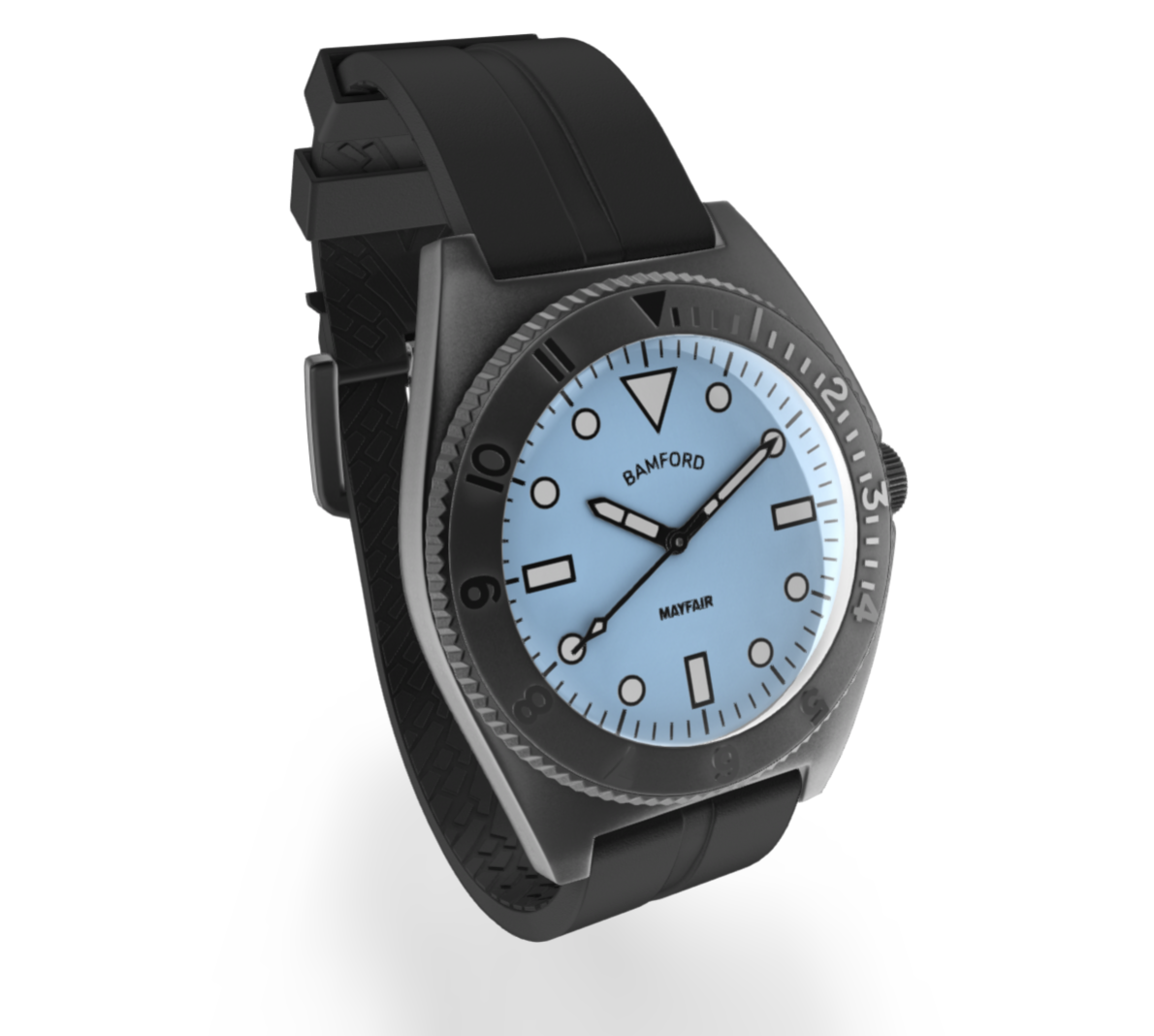Interactive 3D: Know When You're Ready, Know What to Do
Interactive 3D uses WebGL technology to render 3D images of products that shoppers can interact with – think spin, turn and zoom in.
Interactivity is impactful in eCommerce: research shows that the ability to interact with product imagery boosts customer trust. Importantly, the ability to manipulate images is three times more effective at building trust than the ability to change an item’s color. Given the promise of this technology and its ability to deliver a better customer experience, you may be wondering how to know when you're ready for interactive 3D and what to do when you're ready. This guide explores why a business should pursue this 3D technology and provides simple steps to get there.
Contents
Which Products are Best for Interactive 3D?
Are You Really Ready to Implement 3D?
The Advantages of Interactive 3D
Accuracy: Deemed the most important content element by in a 2018 Adobe survey, accuracy is something interactive 3D can consistently offer site visitors. This tends to be most important for those selling complex technical parts (like automotive retailers), where shoppers may want to view an item from every angle to ensure they’re buying the right thing.
Information: Information was the second-most important content element cited by those in Adobe’s survey, and it’s something interactive 3D can offer. B2B buyers, for example, may prefer to view a 3D rendering of the items in their order rather than double-check a long list of SKUs. Looking at 3D visualization is a much faster and simpler way to confirm that they’re indeed ordering what they need–while two SKUs may be easy to mix up, 3D graphics of two different products are not.
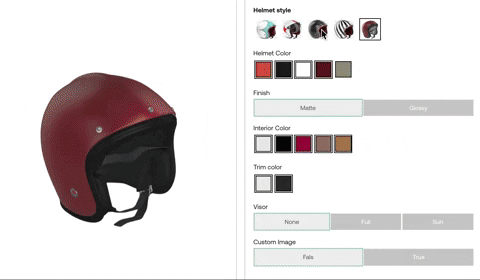
Infinite configuration capability: While virtual product photography allows limited configurability, interactive 3D lets shoppers configure infinitely. This makes it a great visual configuration option for personalizable items and things like modular furniture. Because of the infinite possible variations, it’s not possible to pre-render images of every potential outcome; interactive 3D lets shoppers see their unique configurations in real time.
But just because it’s easier than ever to implement 3D doesn’t necessarily mean that everyone should.
Because of real-time 3D's configuration capabilities, it’s heavier than virtual product photography and can lead to longer page load times. Images can’t be pre-rendered because, in many cases, users are defining them on the spot.
Usually, interactive 3D offers less fidelity than virtual product photography, so the images users see may not be as crisp. Further, interactive 3D renderings lack the context that virtual photography offers (lighting, background, etc.).
Which products are best for interactive 3D?
So you want to create an interactive 3D model of your merchandise. Great!
But before you create an interactive 3D model for your website, it’s important to make sure that interactive 3D is the right product imaging choice.
Here, we’ll break down five use cases where 3D product imaging makes the most sense so you can be confident that you choose the product imagery type most likely to improve web conversions and increase customer satisfaction.
1: Products with Infinite or Near-Infinite Configurability
We know that providing online shoppers images of the products they’re thinking of buying increases the likelihood that they’ll make a purchase. And as the quality and number of images increases, so does a customer’s likelihood of hitting “Buy.”
But what happens when you sell a product that’s infinitely (or nearly infinitely) configurable? In that case, you can’t possibly provide pre-rendered images of every possible configuration. That’s why this is a great use case for interactive 3D.
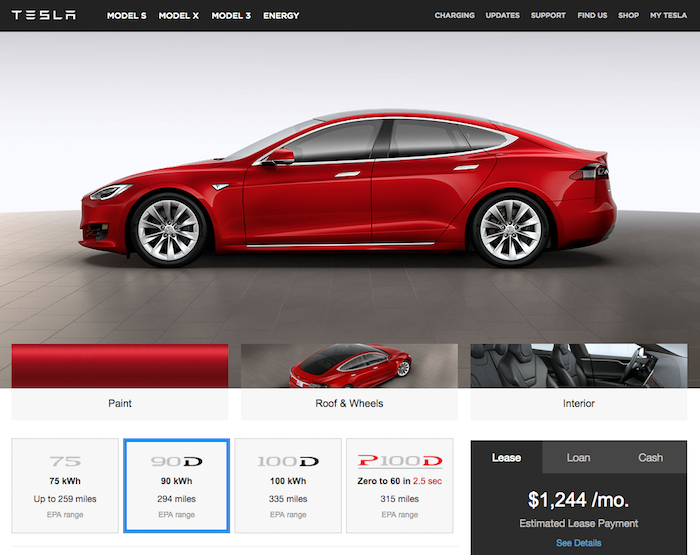
Tesla Car Configurator
Because interactive 3D assets are created in real time, as shoppers make modifications, they’re perfect for highly configurable products. Our clients have seen great success, for example, using interactive 3D for modular sofas, office chairs, and watches.
So if you're selling products that are highly configurable, 3D product imaging may be a good fit.
Talk to a 3D expert.
2: Personalizable Products
Personalization, of course, is the ultimate configurability: when you let shoppers add one-of-a-kind touches to products, you are by definition letting them create a completely unique item. When you allow personalization, any visual representation you create of the personalized product must be rendered in real time. There’s simply no way to predict the ways shoppers will personalize.
By creating an interactive 3D model for personalizable products, you let customers see exactly what their creation will look like as they build it. This helps boost conversion rates, as it gives shoppers the confidence that the piece they’re creating looks exactly the way they want it to.
We’ve seen interactive 3D work well for the full spectrum of personalizable items, from mugs you can personalize with a photo to engagement rings to kitchen countertops that can be cut to any shape or size.
3: B2B
In B2C eCommerce, image quality and composition are of paramount importance. Product imagery for this group has to do the heavy lifting of catching the attention of distracted customers scrolling through their social media feeds and otherwise living their three-screens-at-a-time lives.
But in B2B sales, communicating information is much more important than grabbing the eye. B2B buyers need to know that the product they’re about to buy from your website meets their specs–they usually don’t care whether it looks appealing.
And increasingly, B2B buyers are indeed looking to buy from your website. A recent study from Forrester found that 62% of B2B shoppers say they can develop criteria and build a vendor list exclusively by looking at online content. That means your product imagery has to convey a lot of information.
Interactive 3D shapes are highly effective at doing that.
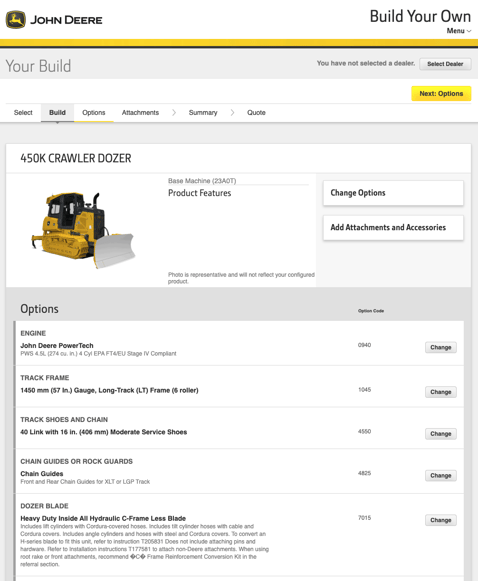 They’re also great for letting B2B
They’re also great for letting B2B
shoppers verify that they’ve placed the correct order. Imagine an office manager, for example, who’s ordering a batch of furniture for the new employees starting next month.
An interactive 3D image can let them verify in seconds that the colors and configurable features they’ve selected match with what already exists in the office. Interactive 3D also makes it easier to catch any mistakes than, say, verifying a list of SKUs, which could take hours of cross-referencing. While two SKUs might be nearly identical, two interactive 3D renderings show immediately whether something looks the way it should.
B2B sellers that have large catalogs can also benefit from interactive 3D. Because images render in real time, the seller doesn’t have to pre-render all its merchandise; rather, it can render on an as-needed basis to illustrate the components of a customer’s order. This saves time and computing Bulldozer Configurator power while also offering crystal-clear communication.
4: Self-Assembled Products
If you’ve ever bought (ahem) certain Swedish furniture and lost a weekend trying to put it together or stayed up until dawn Christmas morning building your kids’ gifts, you can appreciate how effective a 3D assembly guide would be. If you sell products your customers will have to build themselves, you can make their lives much easier by using interactive 3D to offer assembly guides.
5: Products with a Complex Owner’s Manual
If you sell parts with a lot of moving pieces (think printers and copiers), you can reduce customer calls and service appointments by providing an interactive 3D owner’s manual. Illustrating common breaks and fixes in three dimensions lets customers self-service, which reduces downtime and therefore keeps everyone happier.
The Best of Both Worlds
The biggest weakness of interactive 3D is that it offers a lower-resolution visual than 2D images. This is a necessary tradeoff to ensure that 3D shapes render quickly enough to be useful. But if you’re using interactive 3D in a retail setting and you’re interested in enhancing the shopper experience by providing some higher-definition images, you can.
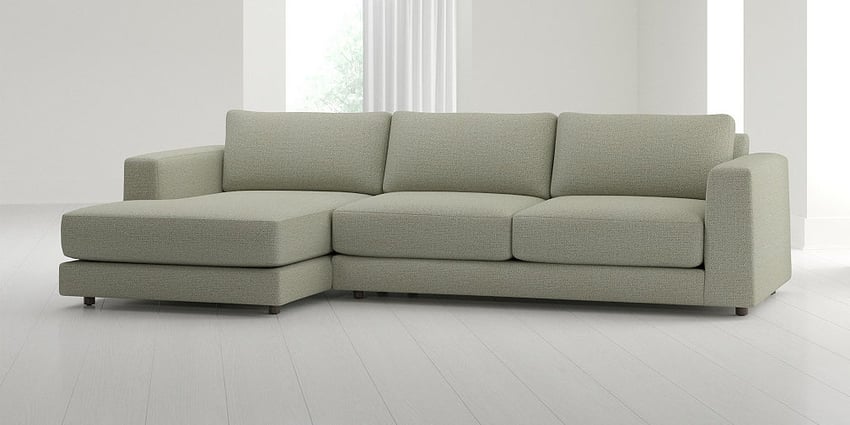
Virtual photography
Once a shopper has configured an item, you can offer to email them a 2D image of their configuration, which you can then create using virtual photography capabilities. This image, of course, will have a much higher resolution, which is important for retail shoppers.
By offering to send the image via email, you also give a compelling reason for customers to share their contact information with you, which means you can now nurture them through their customer journey.
Are you ready to implement interactive 3D?
So, you’ve decided that yours is the kind of product that would be best served by interactive 3D. You know that putting your customer in the driver’s seat will lead to increased brand loyalty, improved conversion rates, and accelerated revenue growth.
But there’s something nagging at you: Am I ready for the project?
Don’t worry; you’re not alone. Whether you’re a startup company with 10 products or a Fortune 500 retailer with millions of SKUs, every business needs to assess whether their organization is prepared for the project.
To gauge your organization’s readiness, there are 4 key considerations that you need to be able to answer.
1. Do you know the ROI of an interactive 3D experience?
Being able to assess the expected return on investment (ROI) is vital. What is your goal in pursuing the project and how will it impact top-line growth and bottom-line savings?
|
Top-Line: Revenue Growth |
Bottom-Line: Cost-Savings |
|
Increase Conversion Rates |
Reduce Digital Photography Spend |
|
Increase Price Premium |
Mitigate Order Errors |
|
Increase Brand Loyalty & Repeat Purchases |
Reduce Returns |
|
Increase Brand Awareness |
Reduce Time-to-Market |
Each organization needs to be able to answer these questions, and the good news is that there are consistent themes:
What are the key metrics to analyze the impact to Top-Line Revenue Growth?
Answer these questions and you will get the first set of stats.
-
- How many views does your website receive annually?
- What is your current web conversion rate?
- What is your average sales price?
- What is your average customer lifetime value?
- What percentage of your business comes from word of mouth referrals?
Schedule a demo.
Now that you have reviewed the top-line, what are the key metrics to analyze the impact to bottom-line cost savings?
-
- How much are you currently spending on digital photography?
- Manufacturing physical goods
- Photography services
- Product staging services
- How many order errors occur each year and what is your company policy to solve for these issues?
- Do you refund?
- Do you pay for return shipping?
- For products sold online, what percentage of those products are returned?
- From product design to product launch, how long does it take to monetize new product releases?
- How much are you currently spending on digital photography?
Obviously, it makes no sense to pursue a project when there’s no benefit. Without quantifying the impact on your organization, you can’t budget effectively. There are many stats that provide guidelines for measuring ROI, but these go to the heart of your business. Notice that these are not specific to the 3D configurator or interactive 3D. These are simply measures for your eCommerce store and are the baseline that you will use.
2. Are your products ready for 3D?
Let's start by ensuring we understand exactly what kind of a 3D eCommerce project you have at hand. Are you looking to ditch photography studios and provide beautiful images on your Shopify or Woocommerce store with virtual product photographs? Then start with this guide about what is 3D product rendering. Not convinced yet? We have a series of guidelines describing how virtual product photography is taking over the product image space.
If you are past the 2D images and ready for 3D content, then start with the guide about what is a 3D product configurator.
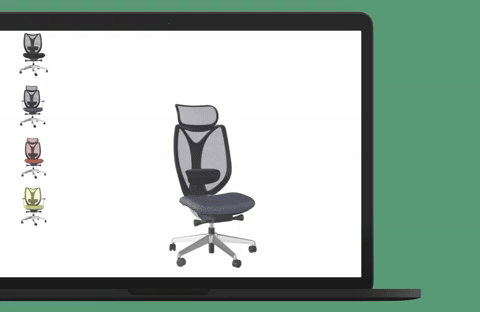
No matter where you're starting from, HERE IS THE KEY QUESTION: Do you have 3D models?
And if you're not sure, there are several questions you can ask to help determine if you have access to the raw materials necessary to get started.
- Does my company have existing 3D or CAD files of my products? Are they web-ready? If not, do I have the budget to create them?
- Does my company have a catalog of the materials used in my manufacturing process (ie. fabric swatches, colors, textures)?
- Have we documented the rules that govern how products are sold (e.g. "the red lighting finish is only available on sports cars, not sedans")?
3. Is it the right time for your company to jump into 3D?
In life, timing is everything. The same holds true whenever you deploy new technology. If you’ve been able to answer why you’re interested in deploying product visualization, you should also know when your organization needs it to be up, live, and running.
When you think about your business, keep in mind the following:
- What is your company’s fiscal year? Can you deploy new technology at the end of the quarter?
- When will deploying new technology make the biggest impact?
- Does your company have certain budgeting timelines that could prevent you from moving forward with your project? When do you need to submit the budget request?
- When will your team members have the bandwidth to support the rollout?
4. How will you manage your 3D assets?
This is every organization’s Achilles’ heel. What happens as your product catalog changes over time? What will you do when you launch new products, create new collections, or incorporate new materials and designs?
It’s tough to plan for the future when the short-term objective is staring you in the face. But digital asset management is vitally important because any solution needs to be able to scale with the evolving needs of your customers and business.
Interactive 3D will no doubt play an increasingly important role in the eCommerce landscape. Taking the the time assess your need and readiness to proceed will set you up for long term success, as well as establish you as a category leader. Want to talk to an expert in the field? Set up some time with us today!
Threekit provides product visualization software that creates photorealistic images, interactive 3D and augmented reality experiences that help businesses sell more. To learn more, please schedule some time with one of our teammates.

